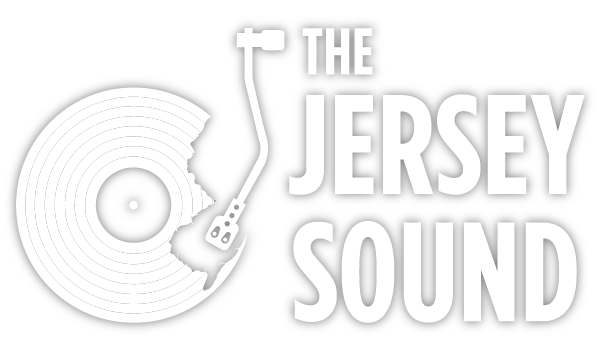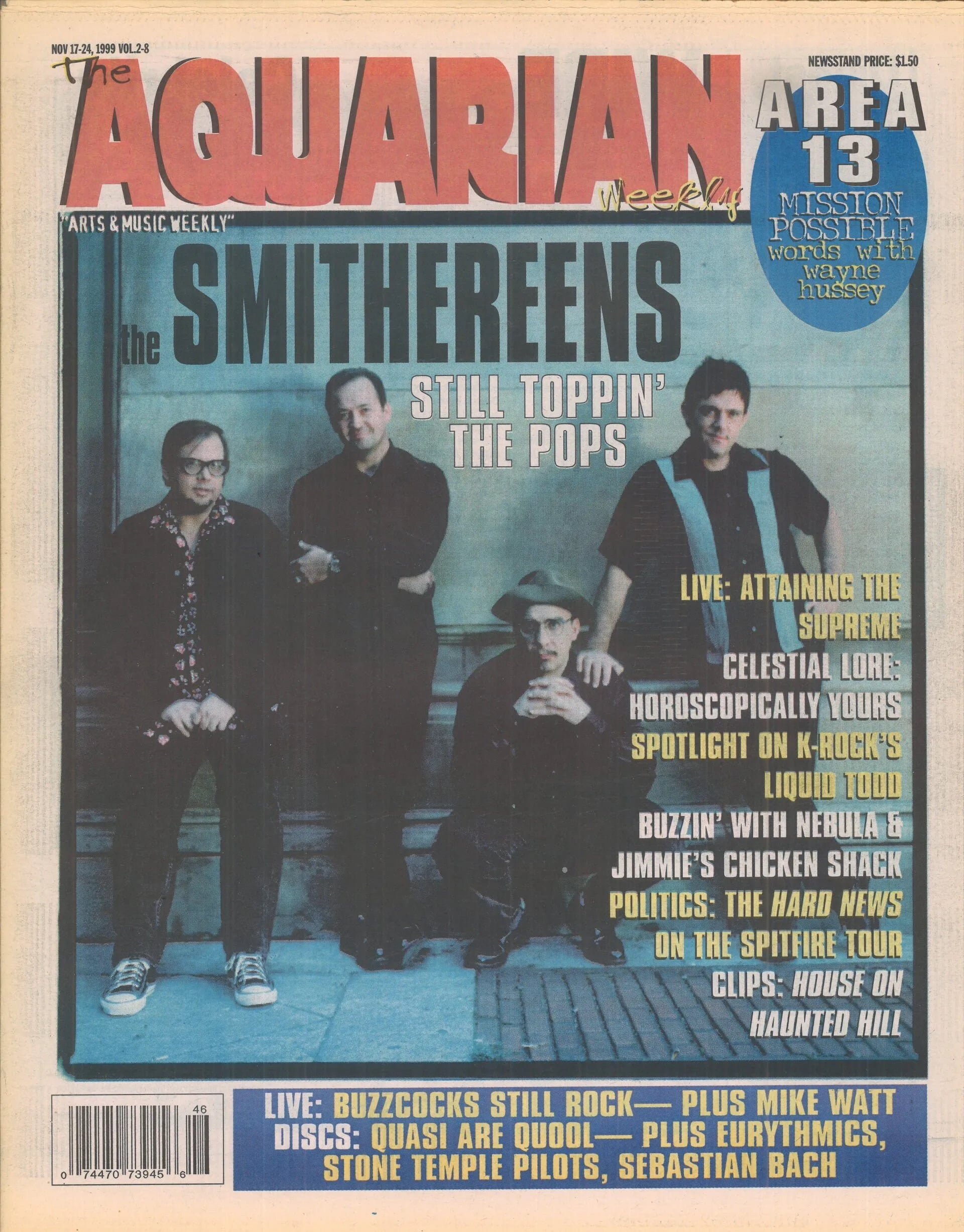The Aquarian Weekly
UP CLOSE
⭐️
The Aquarian Weekly
⭐️
UP CLOSE ⭐️ The Aquarian Weekly ⭐️
Back when the drinking age in New Jersey was 18, clubs all over the state exploded with bands of every imaginable genre from punk to pop, disco to country, metal to funk. The Aquarian Weekly, an independent alternative newspaper out of Montclair, was the glue that held the scene together. You almost had to get the Aquarian if you wanted to know who was playing where. Musicians had to get the Aquarian for its free classifieds. Many a band formed from its back pages. It was, in essence, the bible of the scene.
I should know. After two years of writing for it, I became Music Editor in the spring of 1977. The paper was a hustling bustling powder-keg of conflicting sentiments. We had no competition in this state. The Village Voice (Manhattan) and Good Times (Long Island) owned their respective scenes but nobody held the Jersey scene in its pocket as we did. And we knew it. Yet somehow politics and poetry still made the cut. None of us were in it for the money.
“We were a big band of misfits,” says Art Director Mark Sceurman, who would go on to co-found his Weird New Jersey books. “We were stoners, artists, writers, musicians and poets, and we were in it for the free albums, free concerts, and sometimes free dope.”
Yet this motley crew came together every Monday to go to press and didn’t miss a beat for a half-century. “The pressure was always on,” he remembers. “We had to produce, and have everything done by the previous Friday. All the layouts were done by hand. It was crazy! Totally nuts! I don’t know how we ever survived.” Yet survive we did…and gain national attention in the process. Every issue of this once-great print newspaper, which continues today online at www.theaquarian.com, is on display at the Rock’ n’Roll Of Fame annex in Cleveland.The front office was ablaze with phones constantly ringing from bands who just had to get their gigs posted in our “Where The Bands Are” section. One such struggling musician, John Francis Bongiovi, Jr., from Perth Amboy, was aggressive and pushed like hell for his band, The Atlantic City Expressway, to be listed every week. Who knew at the time that he’d become Jon Bon Jovi and sell 130 million albums?
“I wish I was nicer to him,” says the receptionist Joyce 46 years later.
So while the owner/founder Jim Rensenbrink sat in his office smoking Cuban cigars and writing poems about his penis, we were discovering and announcing the arrival of punk-rock, predicting trends, arguing for the legalization of pot, and warning about the dangers of nuclear energy.
And what a staff!
“You can talk about the music scenes of Memphis, Seattle, Nashville or New York City all you want but New Jersey was a whole state with simultaneous multiple scenes.”
Ruth Polsky, from Toms River, covered events on the other side of the Hudson River. After going on to book many of the hippest rooms in Manhattan, she lost her life in the line of duty when a car jumped the curb to crush her to death outside The Limelight in 1986.
The ever-present “Everynight” Charley Crespo could seemingly walk through walls to get into every important event in the tri-state area. After leaving our employ to become a Catholic Priest, he returned decades later, dyed his beard blue, and continues today at www.themanhattanbeat.blogspot.com.
Craig “The Hit Man” Zeller was to journalism what punk was to rock ’n’ roll. He spit on classic rock convention to add a new dynamic.
Even after Rensenbrink sold the paper to go live in Oregon writing poetry and meditating, ad rep Diane Casazza rescued the paper from oblivion with current co-owner Chris Farinas to continue its legacy. “Oh god, back then? It was stuffed—bulging!—with ads from the clubs,” she says. “Oftentimes, it was over 120 pages thick! When the drinking age was raised back to 21, clubs cratered, everyone went out owing us money. We were all put on commission. Everybody left.”
Legendary promoter John Scher, who ran the Capitol Theater in Passaic for 18 years, says, “you can talk about the music scenes of Memphis, Seattle, Nashville or New York City all you want but New Jersey was a whole state with simultaneous multiple scenes.”
“And we covered every single scene from North Jersey to down the shore,” remembers Sceurman. “I’ll never forget the night John Lennon died. It was a Monday. The paper was already done. Yet we had to practically stay up all night getting it right as information slowly leaked in.”
Bruce Springsteen, in the middle of his grueling six-month 1978 tour, had only one day off. It was his birthday. Yet he still met photographer Bob Sorce and myself on the boardwalk to the left of Asbury Park’s Casino Arena. He drove us around in a borrowed orange Camaro. We played pinball. We went on the bumper cars. He showed us the loading dock where his father toiled almost his whole life. He drove fast, like you’d expect Bruce to drive. I swear the seeds of his “My Home Town” song were implanted in his brain on that very day.

